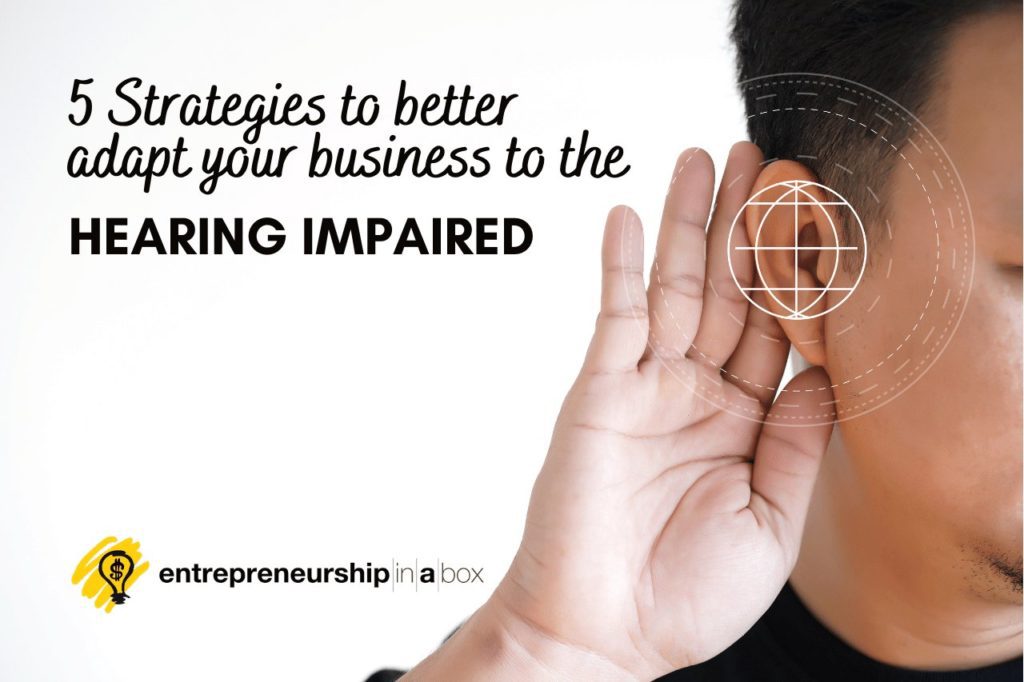Since the turn of the 21st century, businesses have become more accommodating for people with disabilities. While the Americans with Disabilities Act (ADA), which mandates things like wheelchair ramps and other accessible features, has been in effect since 1990, most businesses are just now learning how they can help their customers with disabilities. In particular, companies are helping employees who are deaf or hard of hearing. Here are five ways you can make your organization more accessible for hearing impaired people that have hearing loss.
1. Improve your health insurance offerings.
Many companies look for cheap packages that only cover a minimal amount when it comes to offering health insurance. As a result, an employee with hearing loss might be restricted by what hearing aid brands they can use and may have to pay out of pocket for treatment. If you care about your employees, make sure their hearing health is covered. Consider hiring a consultant who understands the needs of people with disabilities so your employees get the healthcare they need.
2. Include closed captioning in your video content.
Accommodating people with hearing loss doesn’t have to be complicated or expensive. You can take small steps to meet the needs of people who can’t hear and have a big impact on both your employees and customers who need hearing services.
For example, add closed captioning as the default setting for your promotional and internal training videos. For a streamlined process, work with an experienced firm like COLDEA Productions — a video streaming company LA — that specializes in custom orders and accessibility. This takes the burden off of people who are hard of hearing to find a closed captioning service of their own.
3. Use an ASL interpreter for town hall meetings.
Many companies have large quarterly meetings to review the state of the company. All employees are welcome to attend and can ask questions to senior leadership. If you host these types of meetings, hire an American Sign Language (ASL) interpreter to translate as you speak. ASL is often easier for deaf employees to understand over closed captioning and allows team members to listen in real-time.
You will also want to give deaf employees an opportunity to ask questions through the ASL interpreter so they can participate in the team meeting.
4. Use clear visual signals to accommodate audio messaging.
When a fire alarm goes off in a building, lights on the wall flash along with the siren. This is meant to alert people who are deaf to the situation. Evaluate the messaging that you have within your organization — especially if you use audio recordings for customers and employees.
Make sure each audio recording has a visual cue or printed message that people can see. For example, you may need to create signage for your walls or paint guidelines on the floor for people to follow. These steps will prevent confusion for your hard-of-hearing audiences while making them feel more comfortable and cared for in your business.
5. Create training materials in different formats.
If you want to be inclusive of all employees, not just those who cannot hear, make sure your company communications and training materials come in different formats. For example, your hard-of-hearing employees may prefer to read a transcript over watching a video, while an employee with dyslexia would rather watch the message than read it. It may be hard to develop materials in multiple different ways when you first start out, but it should become second nature over time.
Your employees who can’t hear still have a lot to say and contribute to your organization. You can create a fair workplace where everyone is included and respected by making accommodations for them.





